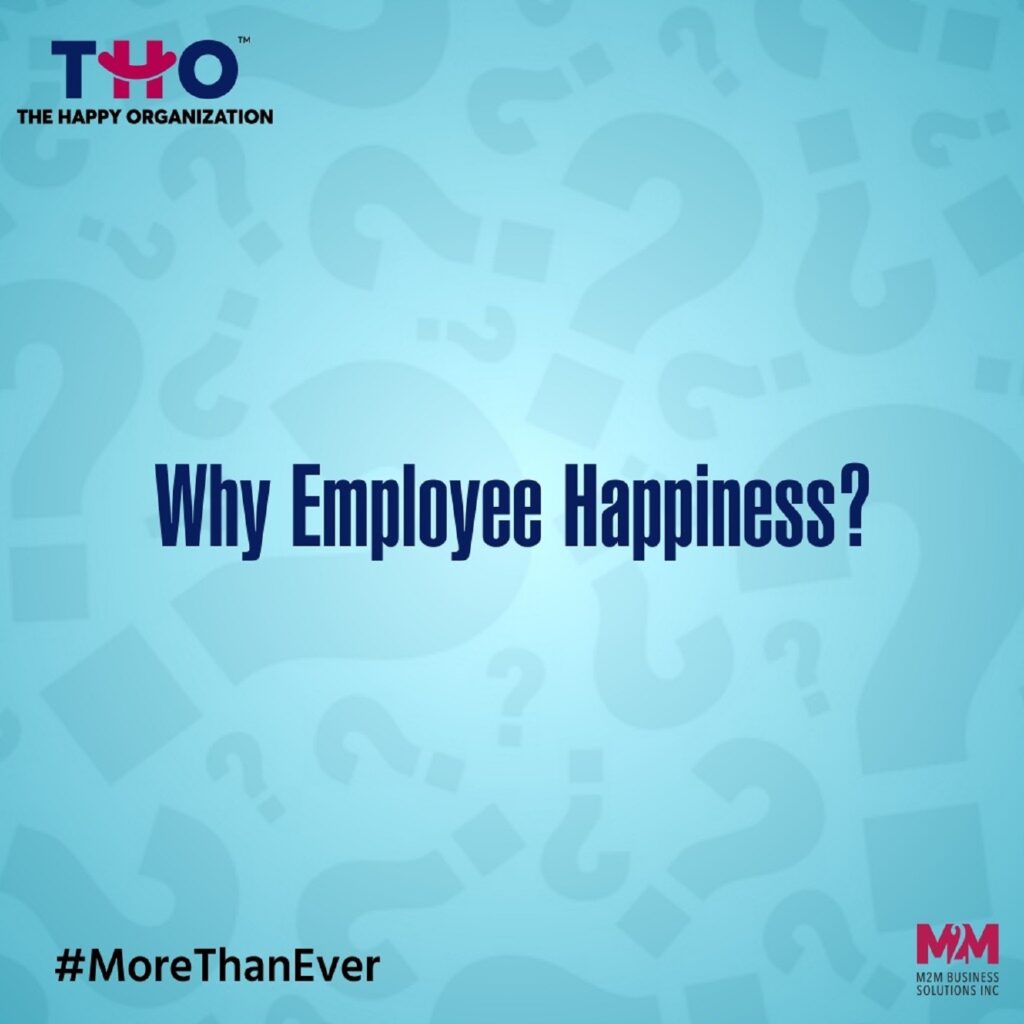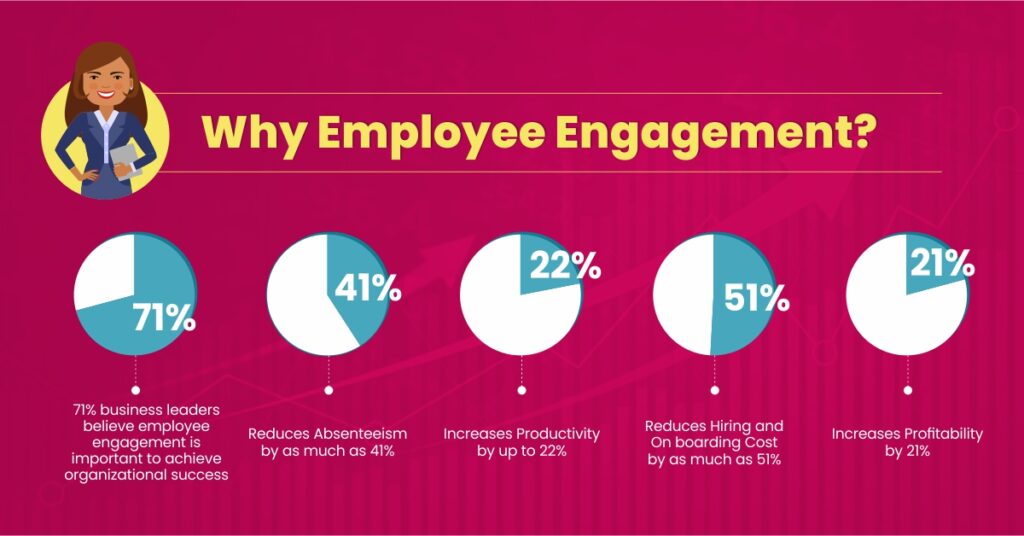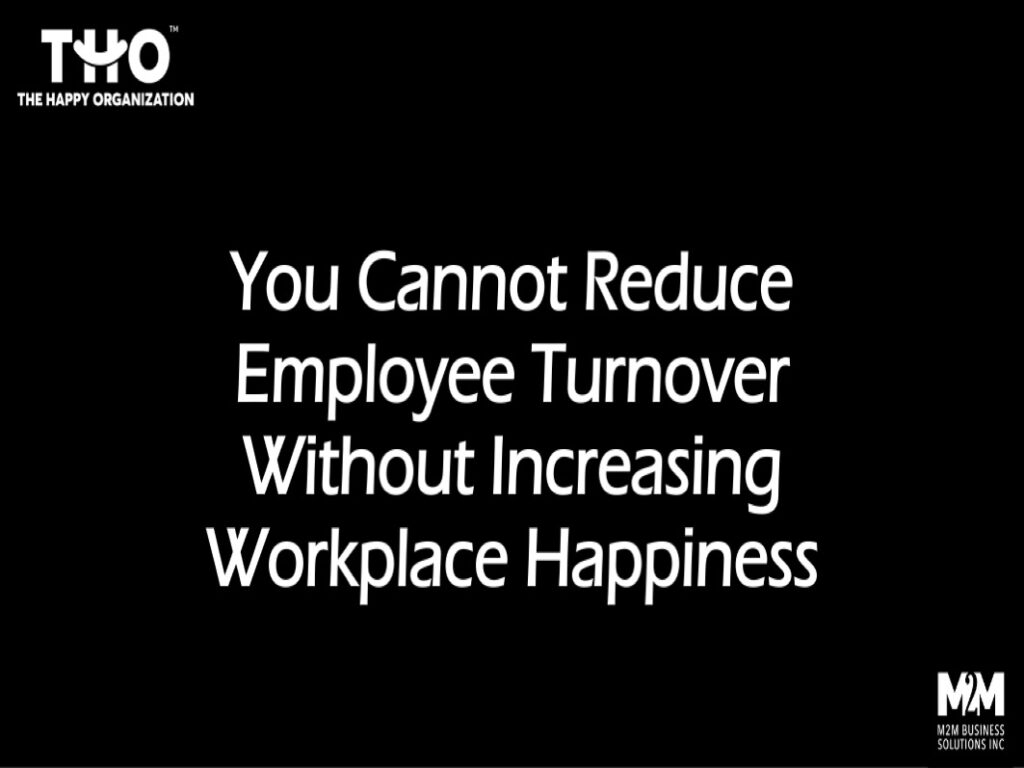Building and retaining an efficient resource pool is one of the leading challenges for modern businesses.
As I mentioned in my previous LinkedIn article, it is your employees’ hard work and skillset that decide the outcome and ultimately, the success of your business. Thus, it only makes sense to retain your top talent for the long haul.
Unfortunately, this is easier said than done.
The Upcoming Retention Crisis
According to an SHRM report, the average annual turnover rate across industries is close to 19%, except for the service sector, where the rate is as high as 30%.
Moreover, another recent SHRM study suggests that more than 50% of the employees in North America plan to look for a new job in 2021.
Add to this the raging talent war and the Millennials becoming a major part of the workforce, and every organization is staring at a retention crisis that will only worsen with time.

But all is not lost. Fortunately for businesses, there are some effective ways that can solve the high employee turnover problem. While an issue as critical as high turnover calls for professional help, I’d like to list a few strategies that can work-
The Role of Hiring in Reducing Employee Turnover
As per a Harvard Business Review study, 80% of employee turnover is due to bad hiring decisions. While you might be hiring people with skills that match the open positions in your organization, what if they are not the right fit for your company’s culture?
If your employees are not comfortable with the culture, they will not be happy, and it is only a matter of time before they start searching for another opportunity. How can this be avoided? Here are a few possible tips-
- Always hire people who are cultural and behavioural fit not only for the job but your company.
- Asking behavioural questions during interviews is an effective way to understand their reaction to certain situations.
- During interviews, consider showing the candidates around the office and talking about your workplace culture, as this will provide them with a clear idea of what it will be like to work for your organization.
Delegation is Critical for Keeping Employee Engagement High
Allocating jobs that do not match the skill set of an employee is bound to impact their productivity and engagement.
(You can also check out my post on Tips to Improve Workplace Engagementif you believe that your employees are disengaged or not as engaged with the job and the company.)
If an employee is overqualified for a job, they will start feeling that your company is not utilizing their talent and lose interest. If an employee is underqualified, it can result in burnout, frustration, and delays. In both cases, the chances of turnover are very high.
Not to forget the fact that this directly impacts the quality of their work and, ultimately, the quality of your deliverables to your clients. Here are a few steps that can help you delegate tasks more effectively-
- Select a person with the skills needed for the task and explain why you are delegating.
- Provide all the instructions they might need for completing the task.
- If additional training or resources are required, you should provide the same for successful completion as per your expectations.
- Create a timeline to keep the employees focused and accountable.
- Check their progress at regular intervals and provide encouraging feedback.
- Show genuine appreciation once a task is completed.

Drafting an Employee Retention Policy
If there was one thing you could take from this article, it should be creating an employee retention policy.
In simple words, an employee retention policy is a business process with the sole goal of retaining employees.
From reducing employee turnover, boosting employee morale to improving employee-employer relationships, there are many different ways in which a well-thought and customized employee retention policy can help an organization.
In fact, it is so vital for every company to have an employee retention policy that I recently dedicated an entire article (published on LinkedIn) to this topic. Read the article to understand what it is and why it is so important.
Solving High Turnover Problem to Create a Happy and Productive Environment

It is your employees that make your organization. Engaged, motivated, and happy employees are crucial for every successful company. But if people are regularly leaving your organization, it is necessary for you to closely look at the reasons why you are unable to retain your employees.
Remember, every challenge you face is an opportunity for creating a better tomorrow.


